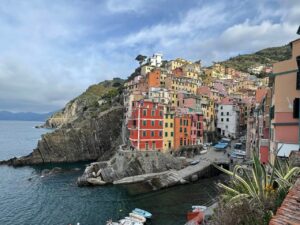[imagesource: Getty]
When the hippos first escaped from Pablo Escobar’s Medellin compound, where he kept a menagerie of animals, and set up a large feral population in the area, the response to this from environmentalists was, for the most part, positive.
Live Science published an article as recently as March 2020 talking about how the hippos were filling an ecological niche missing from the region for thousands of years, and that the country’s river ecosystems were thriving as a result.
Less than a year later and the sentiment has changed drastically when it comes to the so-called ‘cocaine hippos’, with scientists saying the rapidly breeding population that lives in the Magdalena river basin needs to be stopped.
According to The Telegraph, nobody knows exactly how many there are, but estimates suggest that there are between 80 and 100 of them roaming the area.
Scientists have predicted that the hippo population will grow to almost 1 500 by 2040, unless they are culled.
“Nobody likes the idea of shooting a hippo, but we have to accept that no other strategy is going to work,” ecologist Nataly Castelblanco-Martínez told The Telegraph.
In their natural habitat, here in Africa, hippos spend the dry season fighting over rivers that have shrunk in the heat. They’re also vulnerable to disease and predators.
In contrast, scientists say Colombia is a hippo paradise. It rains regularly and there are no problems with food or predators. Researchers believe this optimal environment could have made the hippos more fertile.
The locals love them, with gift shops in the area selling t-shirts and hippo keychains. An amusement park was built on the site of Escobar’s former mansion, where visitors can visit the lake where several dozen hippos now live.

There was also public outcry in 2009 when a hippo was shot after terrorising local farmers.
At the same time, hippos kill more people annually than any other African mammal, and in Colombia, there are more than a few stories about hippos chasing people after unexpected encounters, some of which have taken place in towns, not just in the wild.
The hippos’ urine and faeces are toxic and the animals also carry a range of dangerous bacteria, which can pose a problem for other species and ultimately humans too.
Environmentalists have been trying to sterilise the female hippos for years to bring the numbers down but haven’t been successful.
At this point, opinion is divided on how to deal with the issue. A lack of resources is making it difficult to sterilise them, and relocation is near impossible due to the size of the population.
“There has to be another solution. These hippos have become part of the local identity,” he said. “But time is running out.”
For now, authorities are concerned that culling might be their only option, even though it’s currently against the law to kill them.
The Smithsonian put together a short documentary about the hippos if you’d like to know more:
[source:telegraph]





